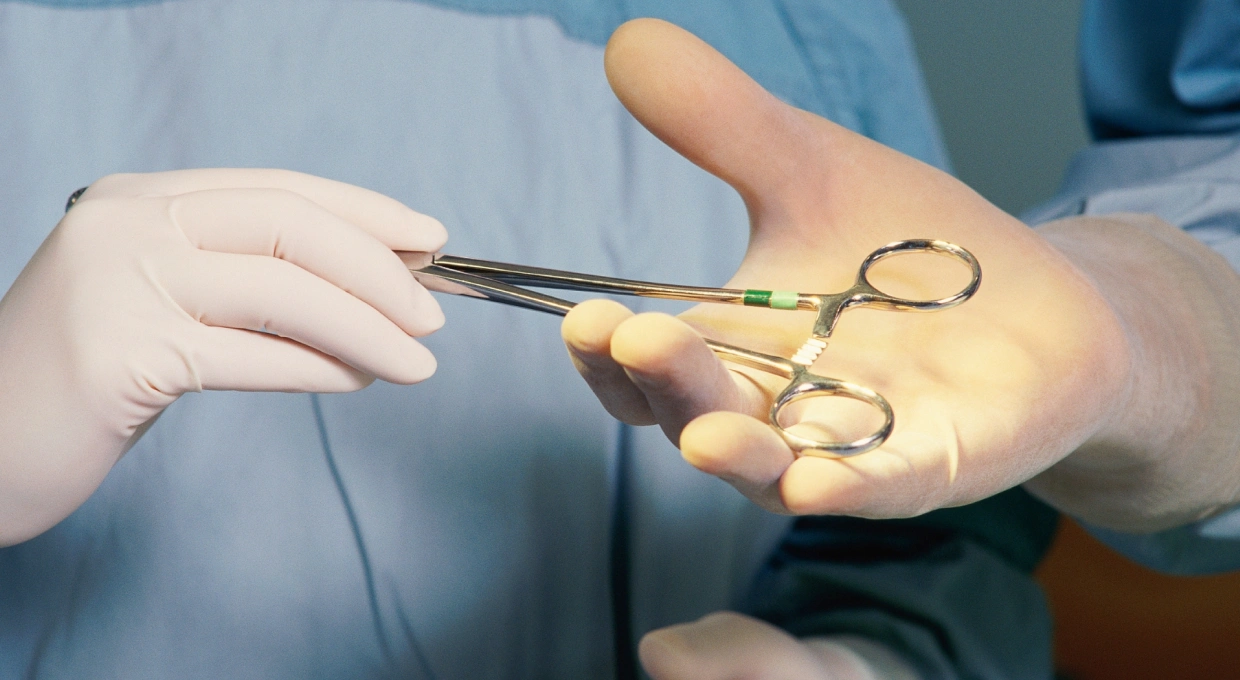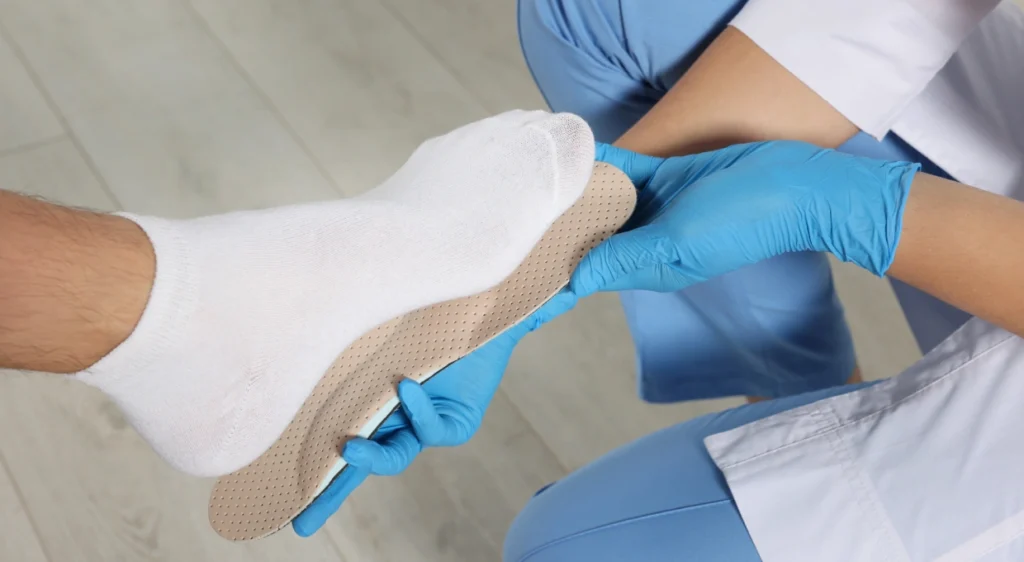Introduction: Minimal incision surgery (MIS) is an advanced technique in podiatry that has revolutionized the treatment of various foot conditions. The advantages of these procedures and how they benefit patients are explained in detail below.
What is Minimal Incision Surgery?
Minimal incision surgery involves making corrections through small incisions, usually between 1 mm and 7 mm, using specialized instrumentation. This technique is performed under local anesthesia and does not use lasers, despite popular belief. Instead, a fluoroscope, an X-ray device, is used to accurately guide the surgeon.
Advantages of Minimal Incision Surgery
- Less Invasive: Small incisions significantly reduce damage to surrounding tissues, resulting in faster recovery and less postoperative pain.
- Rapid Recovery: Patients can walk immediately after surgery with special footwear. Most return to their daily activities in a short time, although they should avoid strenuous physical activity for one to two months.
- Reduced Risk: By using local anesthesia, the risks associated with general anesthesia are avoided.
- Ambulatory Stay: The surgery is performed on an outpatient basis, which means that hospitalization is not necessary, allowing the patient to return home the same day.
- Aesthetic results: The small incisions leave minimal scars, which is aesthetically beneficial for the patient.
- High Efficacy: Minimal incision surgery has a high success rate, with more than 80% of patients experiencing significant improvement.
Pathologies Treated with Minimal Incision Surgery
- Bunions (Hallux Valgus): Correction of the deviation of the big toe.
- Claw and hammer toes: Realignment of deformed toes.
- Calcaneal Spur: Removal of bony growths in the heel.
- Tarsal Tunnel Syndrome: Release of posterior tibial nerve compression.
- Metatarsalgia and Morton’s Neuroma: Relief of pain in the ball of the foot and between the toes.
- Diabetic Foot and Rheumatic Foot: Treatment of deformities and associated complications.
Surgical Procedure
The minimal incision surgical procedure is performed in a controlled environment with fluoroscopy equipment to obtain real-time images. This allows the surgeon to work with high precision, minimizing the risk of complications. After surgery, corrective bandages are applied to ensure proper healing and positioning of the bones and tissues.
Postoperative
The postoperative period for minimal incision surgery is relatively simple. Patients can walk with a special shoe immediately after the intervention. However, it is crucial to follow the specialist’s instructions regarding mobility and foot care. Intense physical activities should be avoided for a period of one to two months to ensure a complete recovery and avoid complications.
Conclusion
Minimal incision podiatric surgery offers numerous advantages, including rapid recovery, less pain and improved cosmetic results. It is a highly effective option for treating a variety of foot conditions. Consultation with a specialist is essential to determine the appropriate treatment and achieve a speedy recovery.



